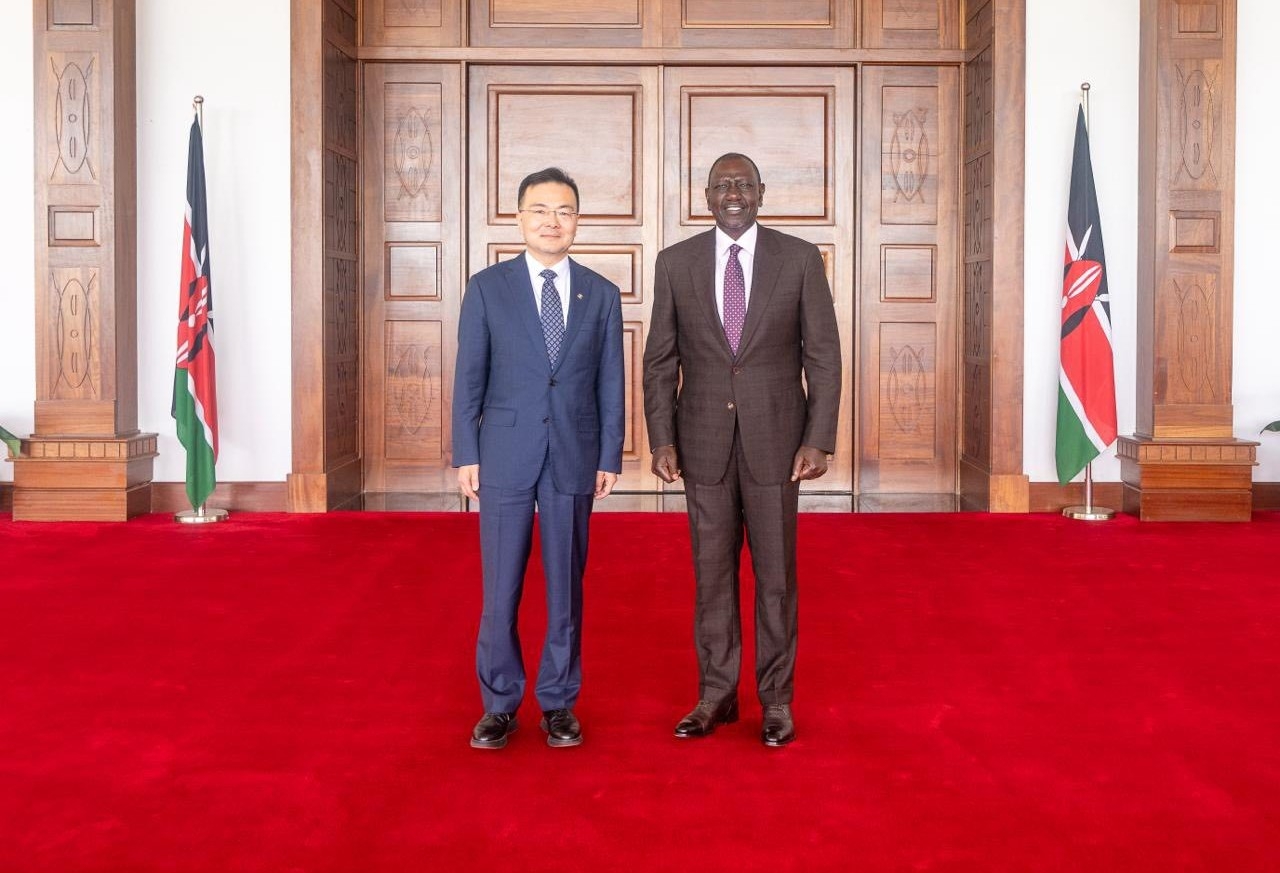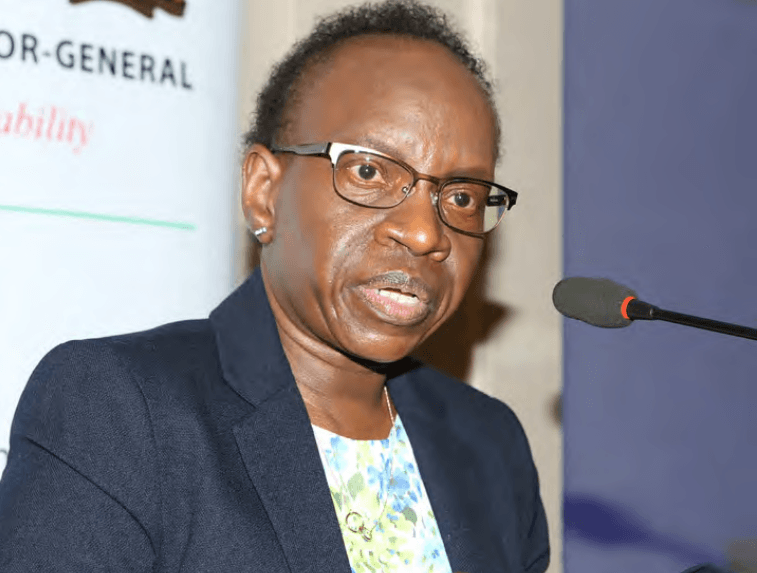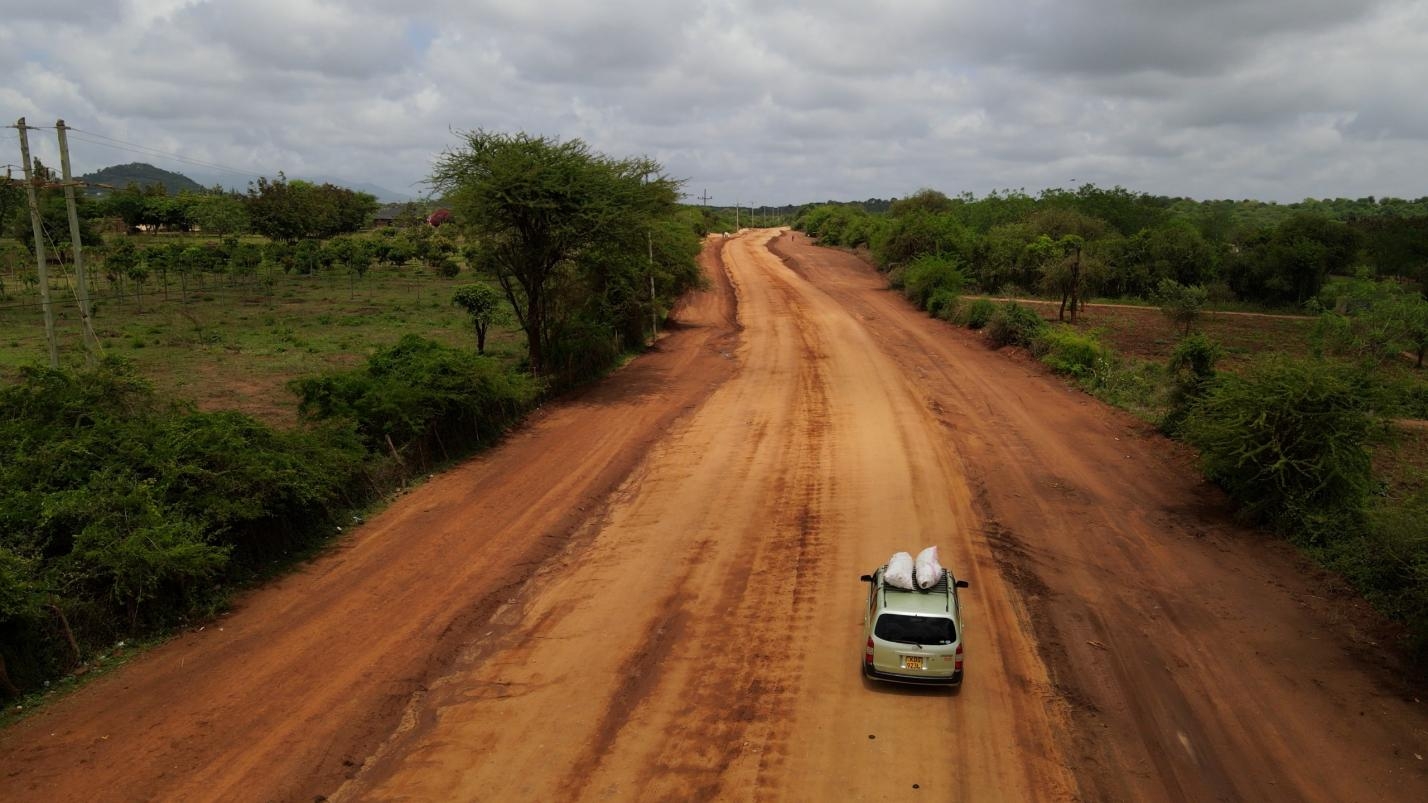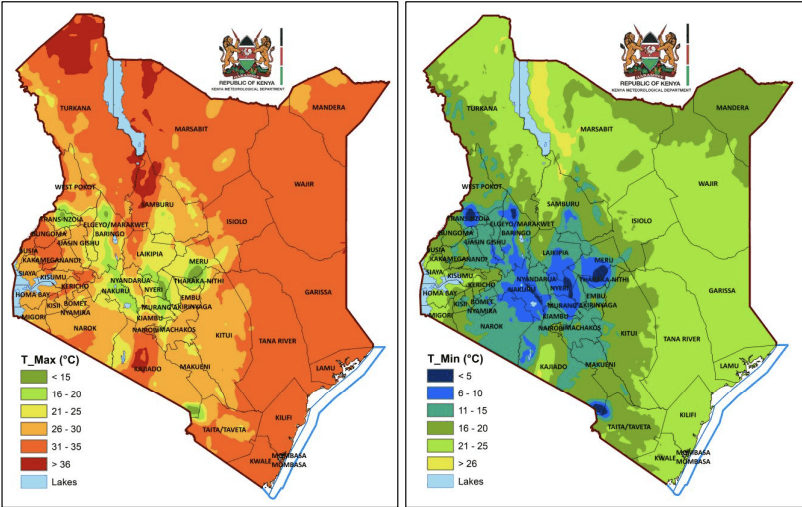The country faces an animal feed deficit of 33 million tonnes annually, Livestock PS Jonathan Mueke has said.
While the feed requirement is about 55 million tonnes annually, there is a significant shortfall in meeting the need.
Currently, the sector is supplying only 40 per cent.
“Nearly half of the available feed, about 46.3 per cent, is lost to post-harvest losses,” the PS said.
Speaking during the 2024 Akefema Feeds Exhibition and Conference in Nairobi, Mueke highlighted issues that caused the feed sector to be unable to keep pace with the livestock industry.
“These include a lack of raw materials, limited availability of new feed protein sources, non-optimal transport, storage, production and application practices, as well as the lack of feed quality testing facilities.”
He added, “These obstacles do not only apply to the feed production side, but also to farmers that utilise feed.”
Farmers are often not aware of the benefits of using high-quality feed and do not realise that high-quality feed is, in the long run, cheaper than mixing their own feed.
Moreover, they uninformed of the danger of poor storage and feeding practices.
“Kenyan forage sector is hindered by several factors such as limited awareness, access and availability of affordable improved forage seed/plant material, seasonality of forage production due to dependence on rain and insufficient supply and inclusion of quality of forages (including grasses and legumes) in rations.”
At present, dairy cows are fed just enough to maintain body functions.
“Milk is therefore often produced by feeding expensive concentrates in addition to forages of low quality.”
Besides the quantities of livestock feeds, conformity to standards by manufacturers is the other limiting factor.
“It is common knowledge that within the over 300 feed manufacturers in the country, we have a number that trade in substandard products that are having a negative impact in the industry.
“Consumers of these products pay high prices and realise no production returns,” he said.
The meeting was organised by the Association of Kenya Feed Manufacturers under the theme, "Resilience and innovation in an ever-changing feed industry landscape for enhanced food security in the region".
Akefema is an umbrella group that brings together feed manufacturers in the country.
The association's chairman Joseph Karuri said more than 500 delegates from the region will be taking part in the conference.
“The exhibition will provide a platform for our members and delegates to learn the latest technologies in feed manufacturing so that at the end of the day, they'll become more efficient," he said.
Over 50 exhibitors from all over the world will be showcasing innovations and technologies in feed manufacturing.
"They'll be able to produce high quality feeds and cheaply. At the end of the day, farmers will benefit with high quality feeds at low costs, and eventually, the cost of eggs, milk and meat will be low for the consumers.”
















